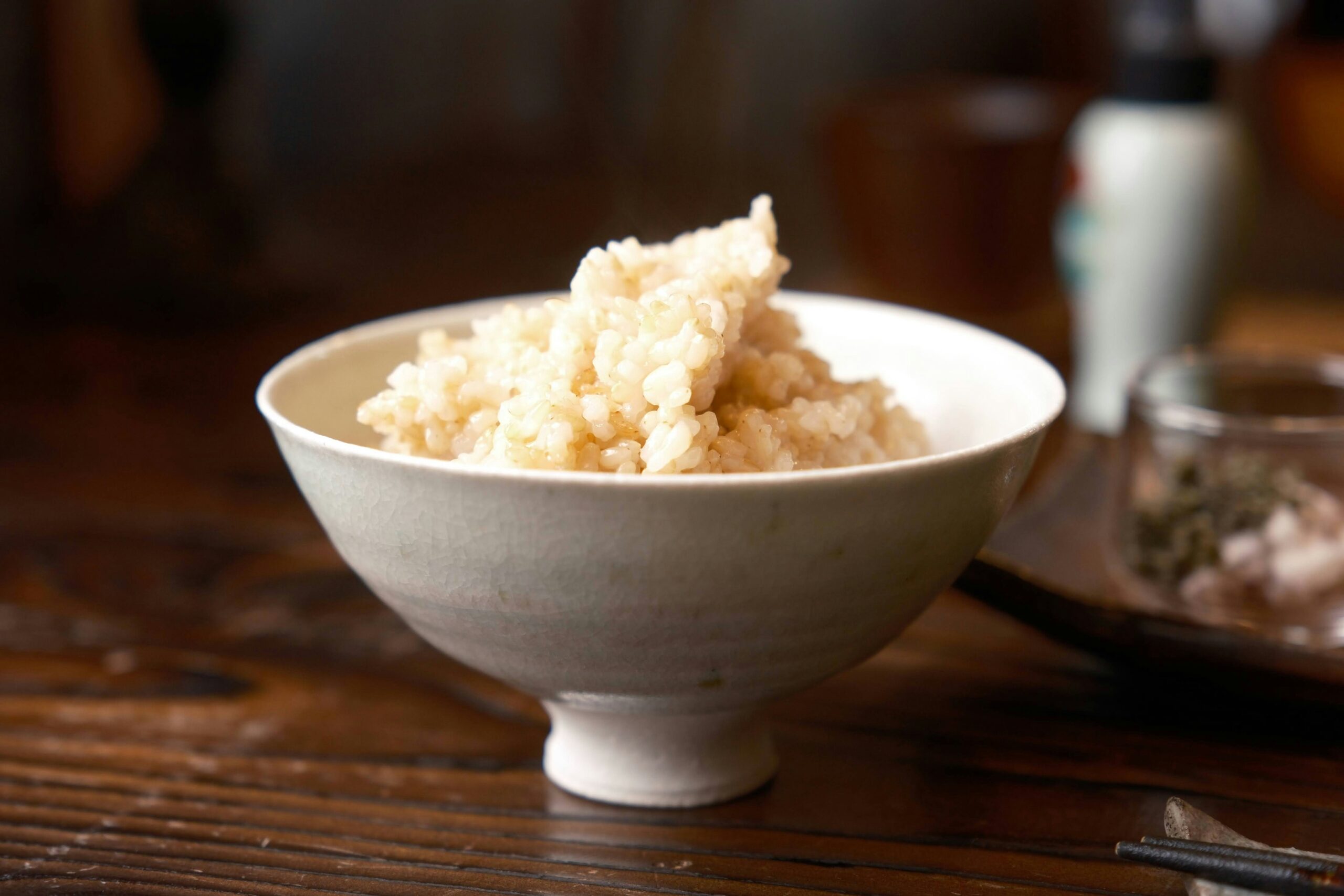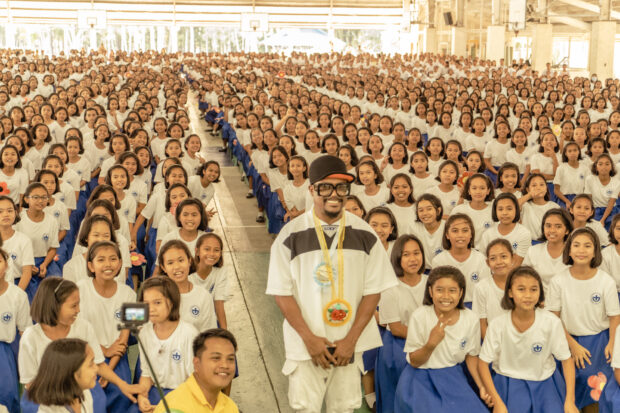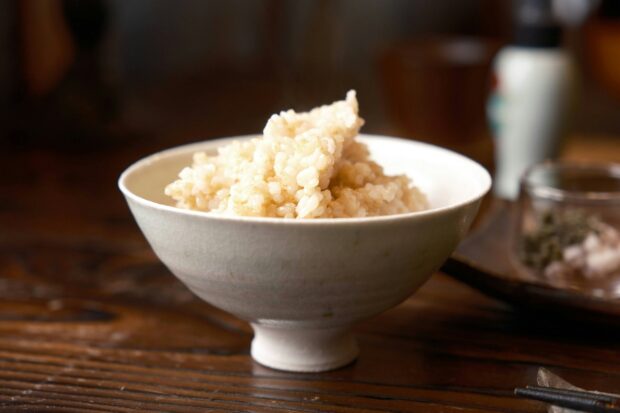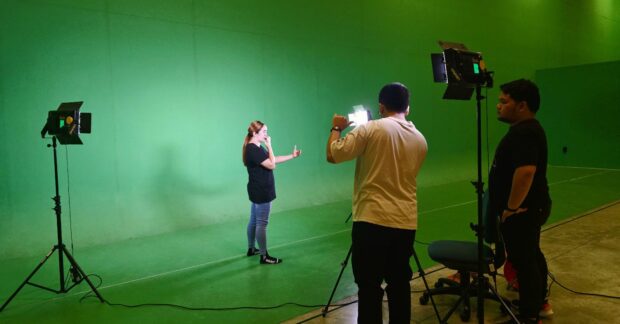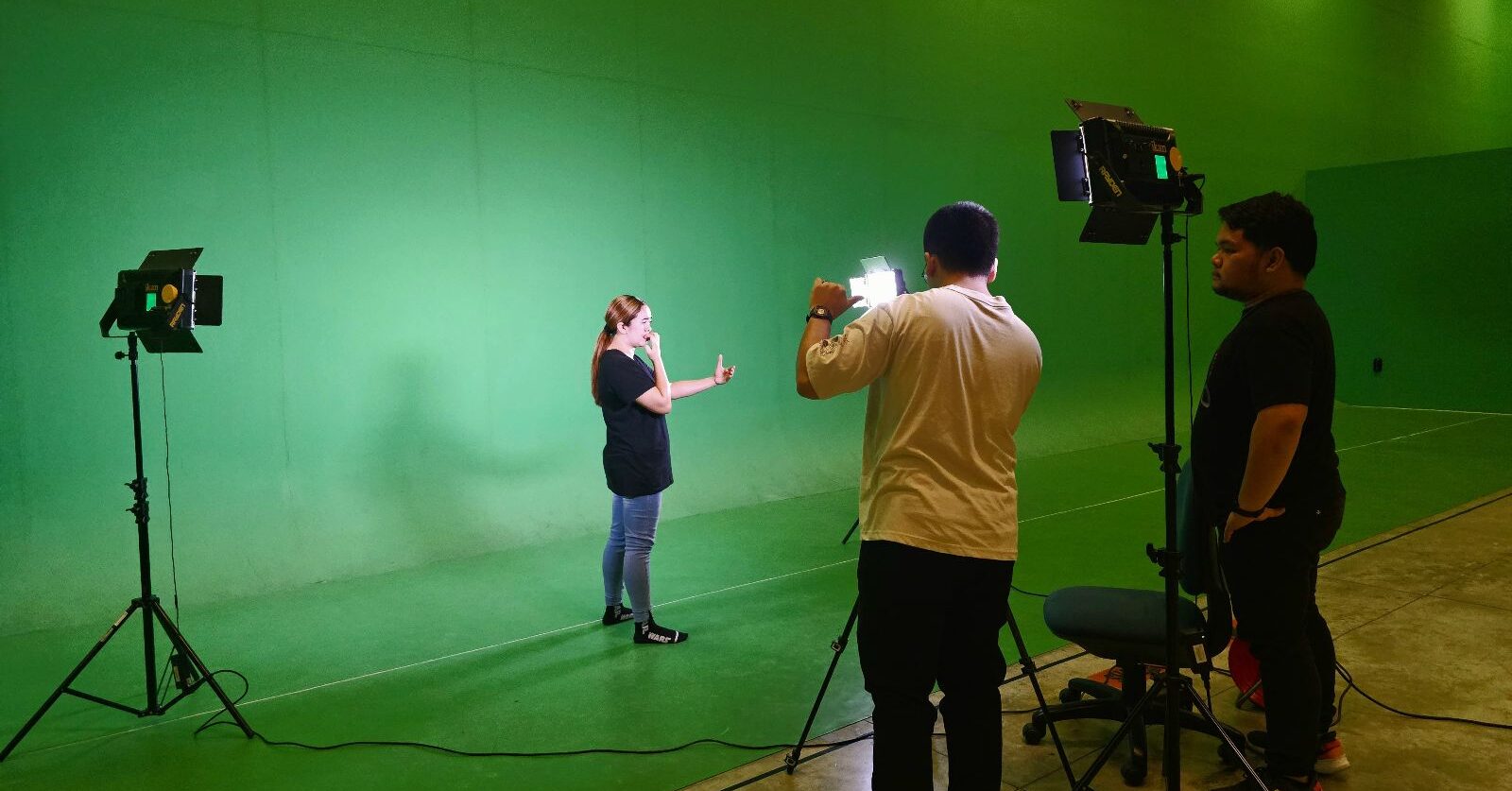With a planetary diet, healthy eating coincides with sustainable, environmentally conscious choices
When doing rounds promoting my books or during interviews and talks, the recurring question is always: “What made you start Mesa ni Misis?” More often than not, the answer is “the need to provide nutritionally sound food for my family.”
Becoming a wife and mother 15 years ago made me aware that I would be responsible for the health of my family. What I cooked, bought, or allowed into my home was completely under my control, and I wanted to do the best I could.

The topic of food and health is an inevitable one at every gathering, party, or social event. This is because what we eat is so important to everyone, especially in an age with so much conflicting data about what diet is best.
Since writing my two books and graduating with my masters in nutrition and food security, it’s also inevitable that many heads turn my way when this topic comes up. I wish I had an answer to every question, but I always share what I know to be true—through well-researched ideas, data, and science. After taking a break from journalism for a few years to work on endeavors in nutrition, I am happy to have been given this column to share what I know with you, dear readers.
READ: Juana Manahan-Yupangco: Moving past her own kitchen
After my food-health journey from being a red meat eater to becoming fully plant-based, I think I have found my comfort zone in following what has been dubbed the planetary diet
I first came across this in 2019 when the Eat Lancet Commission released guidelines on what it is. A planetary diet looks at food that contains high nutritional value and also presents a low impact on the environment.
My work in Mesa ni Misis, the nonprofit I formed to increase nutrition awareness in the country, has always centered around one key pillar: using native Filipino vegetables as the central part of the diet. This is because these vegetables are readily available, affordable, and grow easily in our climate.
In my second book, “Juana’s Table,” I devoted an entire chapter to research information about our Filipino vegetables and how they are best cooked and prepared. The recipes in my cookbooks “Juana’s Table” and “Mesa ni Misis” provide low-cost, high-nutrition recipes with international flavors.

I have found that following a planetary diet is a way to contribute to my children’s future. It does not only make sure they are eating healthy but it also takes into account the health of the planet. Eating locally reduces our food’s carbon footprint. It does not travel far, and little to no fertilizers are needed to grow them. A planetary diet is by no means a plant-based diet, as it takes into account the consumption of fish, red meats, and even dairy—but in small amounts. Rather, this is a plant-forward diet where vegetables make up most of what is consumed in a day.
Filipinos have been shown to consume only between 30 to 40 percent of the recommended daily allowance of vegetables, while the Philippines is among the lowest consumers of vegetables in Southeast Asia. This directly correlates to heart disease being one of the top causes of death in the country.
“Eating locally reduces our food’s carbon footprint. It does not travel far, and little to no fertilizers are needed to grow them.”
Unlike the West, too much meat isn’t the problem, too much processed stuff is. Many people think an abundance of rice is the reason but that isn’t true either. I’ve surveyed many populations who stop eating rice but continue eating bread and crackers to replace their carbs. These are more damaging than a simple cup of rice.

The same goes for monggo, a table staple that has been demonized to supposedly cause gout—it does not. I’ve found this myth perpetuated across all strata of Filipino society despite the Philippine General Hospital, the National Nutrition Council, and many papers written globally having debunked this myth. The cause for gout (high purine food) is high fructose corn syrup (found in processed food and sweet drinks), offal and seafood, and broth bouillon, which is put in food.
Many diets today differ in what the main element is—vegan, keto, all-meat, high-fat—yet they all have one thing in common: eating whole unprocessed foods with minimal sauces, additives, and extenders. This teaches us to be mindful of what we eat—food in its purest form that excludes additional calories and chemicals that would otherwise only cause harm. Eating local vegetables and ingesting the food that grows near us is not only a healthy choice but also cuts down the carbon footprint and helps the local economy.
“Eating local vegetables and ingesting the food that grows near us is not only a healthy choice but also cuts down the carbon footprint and helps the local economy.”
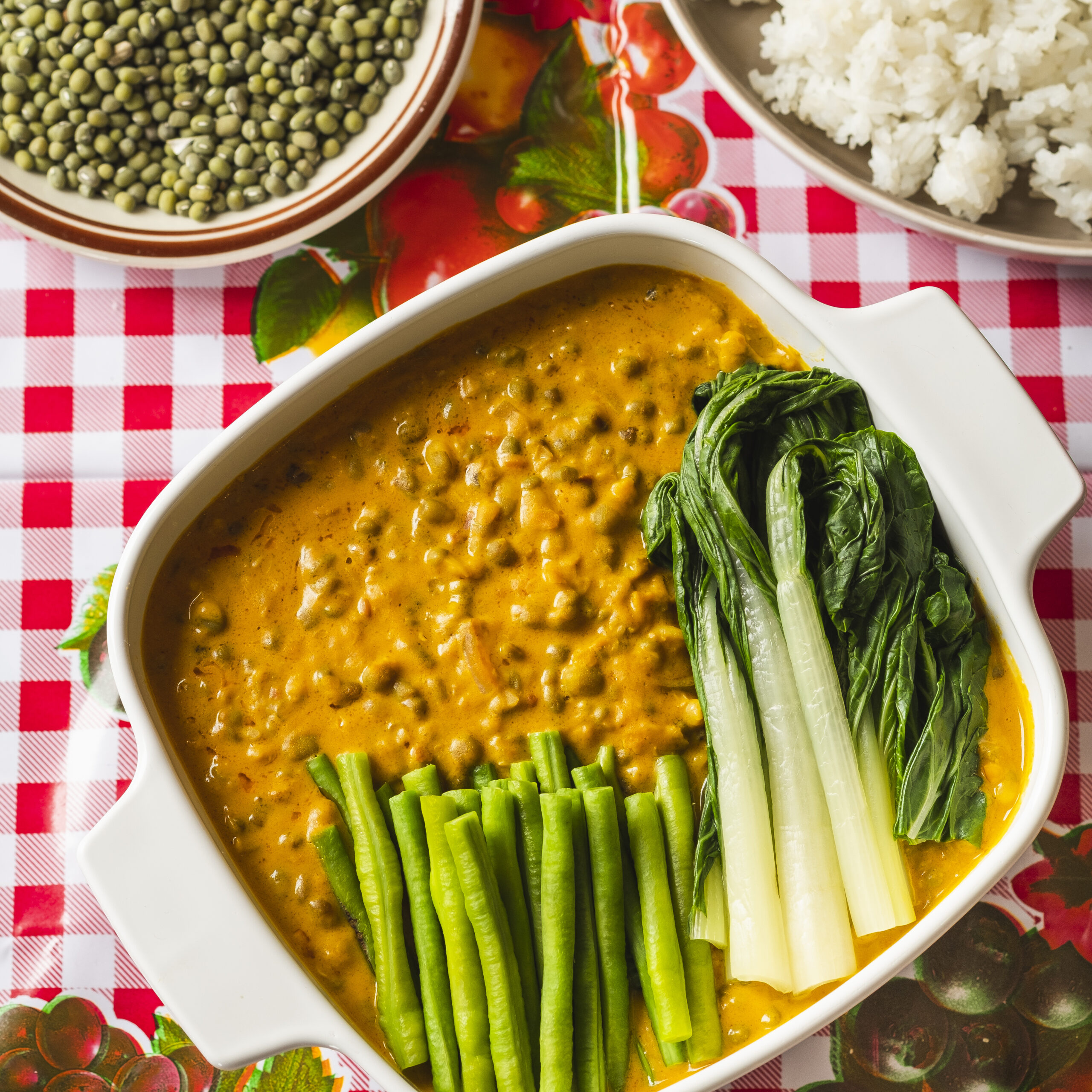
The way we eat Filipino vegetables can be somewhat boring to many; mostly ginisa, boiled, or (sadly) floating in oil. My goal is to help people enjoy vegetables in new creative ways. Adapting a diet that is good for the body, the planet, and the economy also doesn’t have to be expensive. I’ve found in my own household that cutting down consumption of animal products has significantly brought down the food bill, limiting it to about three to four meals a week. This not only brings down the food budget but also teaches my children that vegetables can be the star of the show.
“Eating sustainably, with the environment and your health in mind, need not be expensive or hard.”
Making simple changes such as switching French fries to kamote fries already increases the nutritional profile your family gets, while eating local fish, which are mostly wild-caught, is better for your health compared to farmed fish.
The link between a mother’s and a child’s health is strong. The national estimate for overweight children significantly increased from 8.6 percent in 2015 to 11.6 percent in 2018, following an increasing trend of overweight and obesity through the years. This is mirrored closely by the prevalence of overweightness and obesity in women, which significantly increased from 22.4 percent in 2015 to 28.5 percent in 2018.
Studies by J. Bisset (2018) show that modeling behaviors around food greatly impacts the way children eat. Similarly, a study by G. Harris (2008) showed that modeling and flavor conditioning work more than coaxing a child to eat a particular kind of food, which shows that threats or punishment for not eating healthy food rarely work.

Kids are watching how we eat and how we do so greatly impacts their health and future. No diet is perfect and no one with a family can perfect a healthy diet—small steps to make changes are key to the journey to health. Start introducing new fruits and vegetables as diversity is key.
Eating sustainably, with the environment and your health in mind, need not be expensive or hard, especially with Mesa ni Misis on your side.
For more recipes check out: juanayupangco.com
Instagram: @juanayupangco
Facebook: MesaniMisisPh




